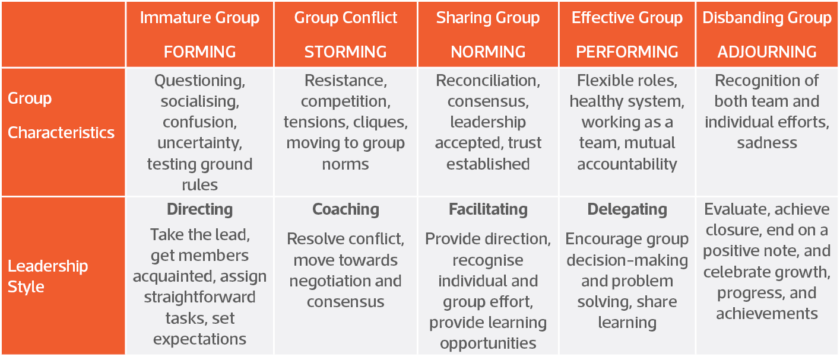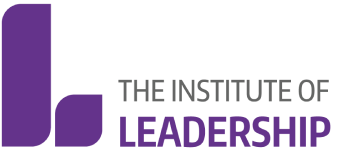‘Not All Groups Are Teams’
A well-known phrase in leadership and management is that ‘all teams are groups, but not all groups are teams.’
What is meant by this is that a ‘group’ may be an informal collection of individuals with common characteristics, such as friendship, or a formal collection of individuals in the workplace who co-ordinate their individual efforts to carry out some specific task or to meet a shared goal.
A ‘team’, like a group, also has a shared goal or purpose, but the difference is that members of a team work in a collaborative environment, are mutually committed to the goals and to each other, and are jointly accountable for team performance.
This has implications for the leadership of working groups and teams:
Working Group
- Strong, clearly focused leader
- Individual accountability
- The group's purpose is the same as the broader organisational mission
- Individual work products
- Runs efficient meetings
- Measures its effectiveness indirectly by its influence on others (such as financial performance of the business)
- Discusses, decides, and delegates
Team
- Shared leadership roles
- Individual and mutual accountability
- Specific team purpose that the team itself delivers
- Collective work products
- Encourages open-ended discussion and active problem-solving meetings
- Measures performance directly by assessing collective work products
- Discusses, decides, and does real work together
Katzenbach, J. R. & Smith, D. K. (1993) ‘The Discipline of Teams’
Leaders, therefore, need to understand the different stages of development from group through to team and, secondly, the skills and behaviours demonstrated by an effective team.
Development from Group Through to Team
Tuckman (1965) famously described the path that most teams follow to high performance as ‘forming, storming, norming, and performing’, and in later work he added a fifth stage ‘adjourning’ (sometimes known as ‘mourning’).
Tuckman's model describes how leaders change their leadership style from a ‘directing’ style through to coaching, facilitation and then delegation as teams become more mature and relationships are established between team members.
Similar required changes in leadership styles are also described in Hersey's and Blanchard's Situational Leadership® model (1977) and Tannenbaum and Schmidt’s Leadership Continuum (1958)

Skills and Behaviours Demonstrated by An Effective Team



